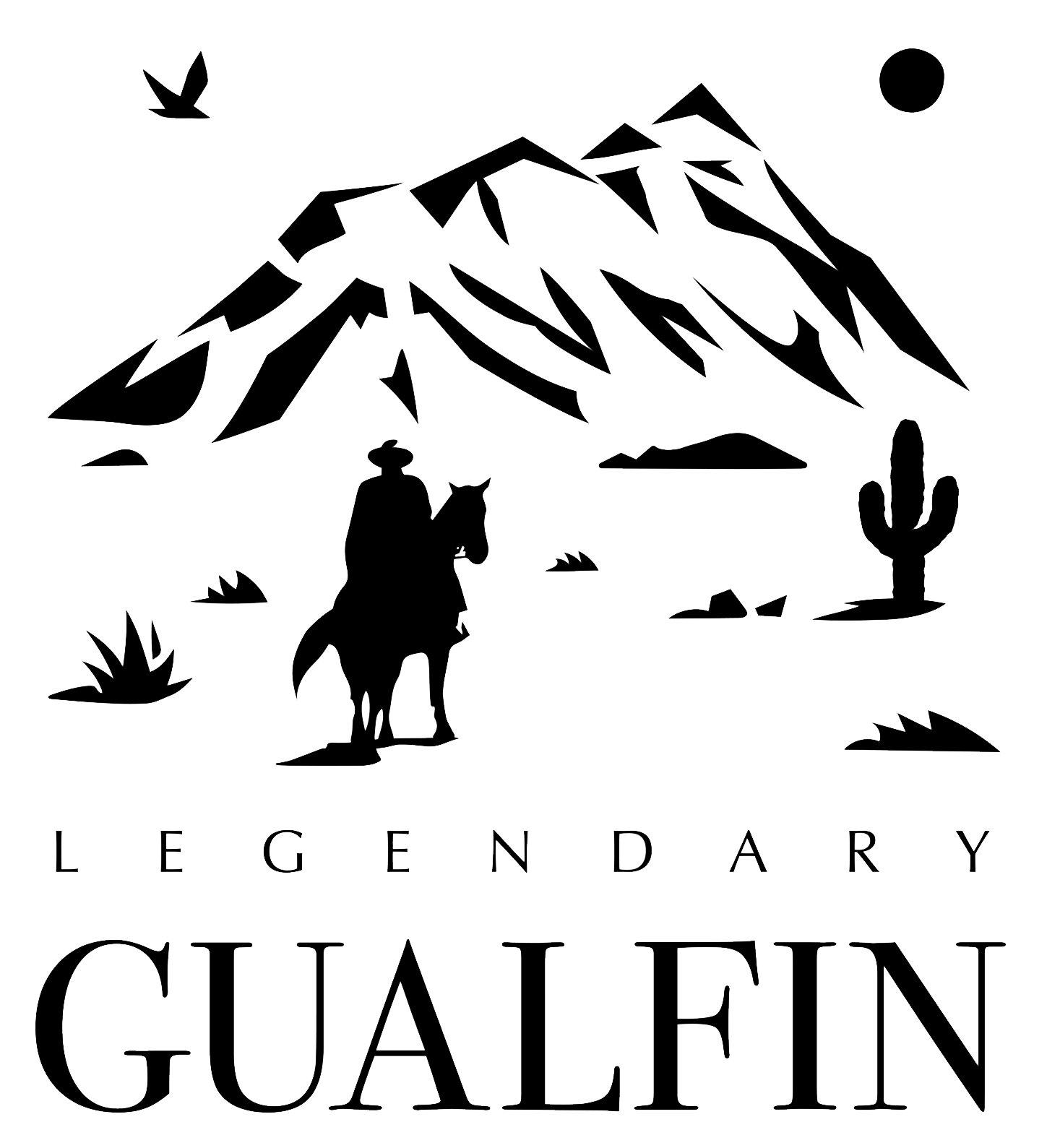Our Left Arm Was Covered With Bruises and Blood
GUALFIN, Argentina – “What happened to you?”
Elizabeth noticed that our left arm was covered with bruises and blood.
“I don’t know. It could have come from working with the cows… or from when I rode the horse into quicksand.”
By the time you read this, later today, we’ll be on our way back to civilization, or at least to France. We drive back to Salta… fly to Buenos Aires… and then to Paris.
This year, we could only spend a few short weeks at the ranch. Our visit was squeezed in between various obligations – weddings, business meetings, and a college graduation.
But while we’re traveling, today and tomorrow, we’ll close the series on life at the ranch with a quick memoire of our last days.
Steer Clear of the Deep, Dark Sand
We rode out at dawn on Friday, accompanied by Jorge (our now-retired ranch foreman) and Elizabeth. The temperature was below zero. But the sun was shining, with no wind.
As long as we were in the sun, we were warm enough. But as soon as we entered the canyon leading to the north, a glacial cold fell upon us.
Jorge and Elizabeth wisely wore heavy coats. We had just a couple of sweaters.
The purpose of this outing was to visit our closest neighbors – whose farm abuts ours on the northern side.
We had never seen their farm, nor the valley it is in. The reason for this ignorance is that a large mountain, El Colorado, stands between us. The only way to get there (other than driving for four hours) is on horse or on foot, following the river through the canyon cut by the river.
Our ranch has two rivers. Both are dry. So, this seemed like a good opportunity to follow the dry river bed through the canyon to the adjoining property, said to be about a three-hour ride.
Jorge was to be our guide, by virtue of the fact he had been there 45 years ago and said he wanted to go with us.
We would ride over together. Then, someone would meet us on the other side, in a truck, and take Jorge back to the city. We’d return to the ranch with the horses the way we came.
The ride through the canyon took about an hour.
We picked our way over rocks and around sand banks. Water appeared in the river as soon as we entered the canyon, a trickle at first, and later a full-flowing river about eight feet wide with about a foot of water.
This was the same river that was dry on our side of the mountain. The water must have gone underground on one side of our property and come up in the canyon.
That it should give us the slip like that hardly seemed fair, but there was no one to complain to.
On each side, red rocks rose hundreds of feet… in some places, sharp pieces of rock bristled from the side of the hill… in other places, huge boulders were worn smooth by wind and water. Like clouds, you could see what you wanted in the extravagant shapes – castles, towers, caverns, ships, planes… icebergs of red rock.
It reminded us of the Canyon de Chelly in Arizona, but smaller, tighter, and shorter. In places, it might have been about 100 feet wide… in others, the horses had to go single file.
We followed the river. The horses’ iron shoes slipped and clipped on the stones… or splashed in the water. At one point, Jorge turned to point to a patch of dark, wet sand and motioned us to stay clear of it. We obeyed… but saw nothing different about it from the miles of wet sand we had rode over already.
Finally, the canyon walls became more like hills…. and the river entered a large valley, with a dry ridge running down the middle and a much bigger mountain on the far side. It was watered by the confluence of two rivers, in addition to the one we followed to get there. And where there is water, there are fields, pastures, and people.
Grapes, Walnuts, and Alfalfa
Our horses stepped over a toma, where the river was blocked so the water could be diverted into a large irrigation canal.
To the left was a dirt road, and a pick-up truck parked nearby, under an algarrobo tree.
Soon, we saw a field of grapevines. A little further on, another was planted with walnut trees.
There were adobe houses… some of them handsomely positioned in a grove of walnut trees or on the edge of a vineyard. A few fields appeared to be abandoned. They hadn’t been irrigated or planted. And there were several large, green fields of alfalfa.
Jorge’s eyes lit up. Green alfalfa!
Jorge is a cattleman. Alfalfa is to a cattlemen like an all-girls’ college is to a sex maniac; once he’s seen it he can’t get his mind off of it.
Our alfalfa at the ranch is drying up and turning brown. We are out of water, so we will have to buy big rolls of the stuff – at about $50 a roll – from a friend in Molinos, an hour and a half away.
We estimated that there were about 50 acres covered with alfalfa. That’s a lot of $50 bills.
More to come… tomorrow.
Regards,
Bill
